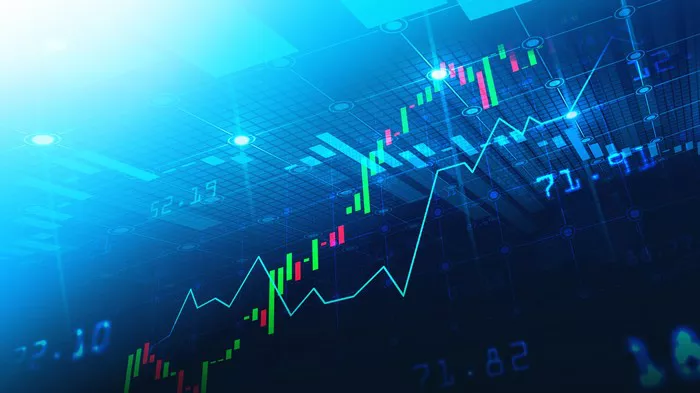The futures market, often portrayed as a realm of high-risk speculation, offers ample opportunities for savvy investors to diversify their portfolios and hedge against price fluctuations. Understanding the basics of futures trading, market dynamics, risk management techniques, and strategic approaches is essential for navigating this complex financial landscape effectively.
Market Introduction:
Futures contracts are standardized agreements to buy or sell an asset at a predetermined price on a specified date in the future. These assets can range from commodities like gold and oil to financial instruments such as stock indexes and currencies. Unlike traditional stock trading, futures trading involves speculation on the future price movements of these assets.
Basic Knowledge of Trading:
Before diving into futures trading, it’s crucial to grasp some fundamental concepts. First, futures contracts have an expiration date, after which they must be settled. This settlement can occur through physical delivery of the underlying asset or cash settlement, depending on the contract specifications.
Market Participants and Trading Methods:
Various market participants engage in futures trading, including hedgers, speculators, and arbitrageurs. Hedgers use futures contracts to offset the risk of adverse price movements in their underlying assets, while speculators aim to profit from price fluctuations. Arbitrageurs exploit price discrepancies between related markets to lock in risk-free profits.
Trading strategies in the futures market can vary widely, from trend following and mean reversion to spread trading and option strategies. Each approach carries its own set of risks and rewards, requiring careful consideration based on market conditions and individual risk tolerance.
Risk Management:
Effective risk management is paramount in futures trading. One common strategy is setting stop-loss orders to limit potential losses on a trade. Additionally, diversifying across multiple assets and using leverage judiciously can help mitigate risk. It’s crucial to establish clear risk-reward ratios for each trade and adhere to strict risk management principles.
Fundamental Analysis vs. Technical Analysis:
Futures traders utilize a combination of fundamental and technical analysis to inform their trading decisions. Fundamental analysis involves assessing supply and demand dynamics, geopolitical factors, and economic indicators that can influence asset prices. Technical analysis, on the other hand, focuses on historical price data and chart patterns to identify trends and potential entry and exit points.
Trading Platform and Broker Selection:
Choosing the right trading platform and broker is essential for executing trades efficiently and accessing valuable research and analysis tools. Look for platforms that offer competitive pricing, a user-friendly interface, robust charting capabilities, and access to a wide range of futures contracts. Conduct thorough research and consider factors such as regulatory compliance, customer support, and reputation when selecting a broker.
Investment Mentality and Strategic Suggestions:
Successful futures trading requires discipline, patience, and a long-term perspective. Avoid succumbing to emotional impulses and stick to your trading plan rigorously. Continuously educate yourself on market developments and refine your trading strategies based on evolving market conditions.
Practical Advice and Strategy:
Here are some practical tips to enhance your futures trading success:
1. Start with a solid education: Invest time in learning about futures trading strategies, risk management techniques, and market dynamics before risking your capital.
2. Start small: Begin with a modest capital allocation and gradually increase your position sizes as you gain experience and confidence.
3. Keep emotions in check: Emotions like fear and greed can cloud judgment and lead to impulsive decisions. Maintain a disciplined approach and adhere to your trading plan.
4. Practice prudent risk management: Limit your exposure on each trade and diversify across multiple assets to spread risk.
5. Stay informed: Stay abreast of market news, economic indicators, and geopolitical developments that can impact asset prices.
Conclusion
In conclusion, investing in the futures market offers opportunities for diversification and profit potential, but it requires a comprehensive understanding of market mechanics, risk management principles, and strategic approaches. By adopting a disciplined mindset, leveraging research and analysis tools, and continuously refining your trading strategies, you can navigate the futures market with confidence and achieve your investment objectives.


